Since Fly spent 2006–18 and 2020 ashore with just a short 2019 season afloat, there were two things I still hadn’t done with her since 2005 and just had to do this year, these being to fly a spinnaker (any spinnaker!) and spend one or more nights away at anchor. And it’s good to be able to report both these boxes now ticked…
So here she is on Loch Linnhe on 16 September with the old Hood kite (the ‘cruising’ spinnaker), light sheets and no tweakers in not much wind, ably trimmed by Lorna and steered by Twig. Yes, I have two better kites (the 0.9oz ‘Fly’ kite and an almost new 1.5oz heavy one I bought from Charlie Hussey of Bluestreak during the long lay-up and haven’t even had up yet), but this is the one I’ve put aboard for casual use and it was just a lovely day out with good friends:
And now to the night(s)-at-anchor thing, which I also needed for both the sake of it and testing/snagging, with upgraded heavier ‘cruising’ anchor gear, diesel heater and other things to try. But the weather didn’t want to play, with my projected departure for a week’s cruise last Thursday finally becoming a snatch-what-I-could two-nighter from this Monday to Wednesday… Monday motor (which saw sails up but no real sailing) down the Lynn of Morvern in biblical rain, good Tuesday sail up the Lynn of Lorn and calm Wednesday morning motor home to beat the next blow I don’t think we ever saw. So here’s Fly at Bernera Bay, Lismore, on a clearing Monday afternoon/evening, with a shallow cave on Bernera protected by unenticing vegetation and the still-impressive remains of Achadun Castle guarding the Lismore side (on which note I also have that shot through the doorway from previous visits in 1991 and 1994!):
Tuesday stayed bright and dry, with a fresh breeze conducive to leaving the anchorage downwind under sail, which is exactly what I did, reefing the mainsail in anticipation of a stiff beat (at least for single-handers!) back up the east side of Lismore and unfurling most of the genoa once round Lismore Light. And it was a good sail beating right up to the south-west of Shuna, if made more awkward up that narrower, shallower last bit by (possibly terminal?) tiller pilot malfunctions, at which point I dropped the sails to motor into Port Ramsay with the wind forecast to swing to the south overnight. Might add that I was surprised just after leaving to see that Serco vessel stay to port of me and head into Bernera Bay, but it did:
Now, the wind direction was forecast to change completely overnight, but first came again more strongly from the north-west just as I took the dinghy ashore for the photos to leave me with a stiff row back and ‘interesting’ night as I got bounced about by the swell rolling straight in and was glad to have the new anchor gear (of which more below):
But Wednesday morning saw Fly sitting quietly to seawards of the anchor, as shown by her GPS track here. While some of this is driving around looking for the best spot and some taking the dinghy ashore, the best bit’s about three-quarters of almost perfect circle at anchor where you can see how she swung in towards the head of the bay on Tuesday evening, then back out as it calmed overnight to the extent that I was able to just sit statically drifting while I cleaned the mud off the anchor before heading off:
Plan A for Wednesday was to sail home on the afternoon tide with a fair breeze but, after getting ‘increasing 5 to 7, occasionally gale 8 for a time’ off the 06:00 Inshore Waters forecast and not really fancying 7 or 8, I decided to motor straight back with barely enough wind to sail and hope not to hit the Ballachulish narrows too early. Which of course I did, but thought it worth a go and squeaked through against a near-spring tide nearly two hours before the in-going stream should start, which was pretty well on the limit for my boat and engine with the throttle almost wide open for 40 minutes to get me to the bridge and through. So of course I could have waited a bit (or maybe stuck to Plan A since I didn’t see much wind even once home), but worth remembering how much later the tide turns here than at Oban!
In-going stream begins at –0515 Oban (+0115 Dover).
Out-going stream begins at +0100 Oban (–0430 Dover).
Having mentioned the testing/snagging aspect of this mini-cruise much further up, perhaps I might conclude with some words about that? So let’s start with the clear statement that, for the things I currently want to do, Fly is now being optimised more for fast cruising and passage making than racing although I can still easily put her back in ‘race’ trim by taking some things (‘cruising’ gear) off and putting others (racing headsails and the better spinnakers) back on. So the new anchor gear is heavier and specified to hold her, unattended if need be, pretty well anywhere in anything. I’ve got a 10kg Rocna anchor (my chosen retirement gift for 30+ years of service with Highland Council!) where my previous biggest was a 7.5kg Bruce, and 15m of 8mm chain where I never carried more than 10m before. The rest of the rode is 14mm Anchorplait nylon because the Impala is a weight-sensitive boat with no chain locker and I really don’t want any more weight up in the bow well even for cruising, but I’m well satisfied with the performance of the new gear as well as aware that it’s about as much as I’d want to haul up by hand in more testing conditions. And keeping my 5kg Bruce (I have three Bruces with the third a 2kg ‘baby’!) with shorter length of chain and 12mm warp for a kedge means I also have a lighter class-legal anchor for races where I might want to take the heavier gear off.
With current ambitions in mind, I’ve also ordered a sprayhood and, if I ever had any doubts I wanted that for a trip to Shetland and back (I didn’t!), Monday’s super-wet trip to Bernera with washboards in and hatch closed would have quickly blown them away!
The last thing I might mention just now from a list as long as my arm that I’m not getting too deeply into here is the diesel heater and, having previously just tested that when installed but not run it afloat in October, think I can declare it to be warm, economical and safe. In what way ‘safe’? Well, I put a carbon monoxide detector aboard to check it out and it passed with flying colours, but I’m not so happy with what I was getting from the Origo meths cooker we’ve already used happily for years. So I’m looking at ways to improve things there and it’s a no-brainer to say the CO detector now stays aboard to ensure future safety from engine, heater and/or cooker. So, yes, I’ve still got a further long list of what’s working aboard, what needs fixing/replacing and what else I could do to make things easier and/or more comfortable, but that’s all you need to know for now!










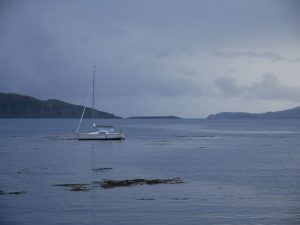
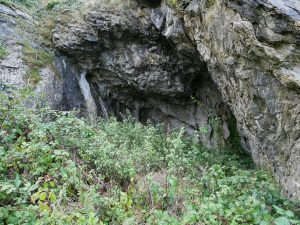
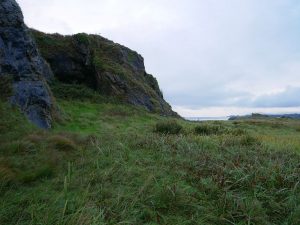
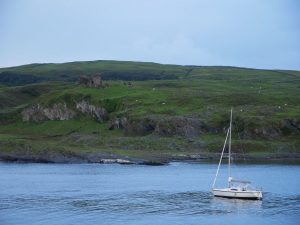
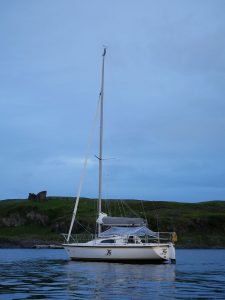
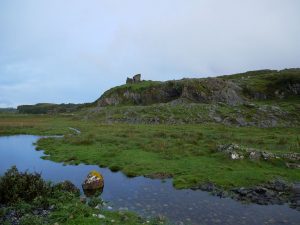

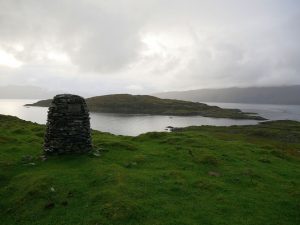
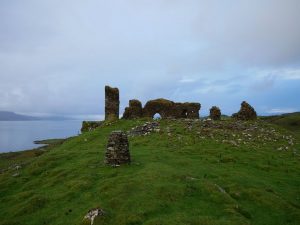

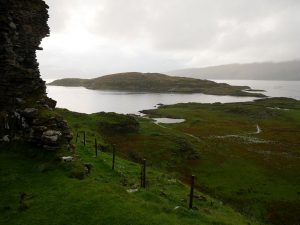
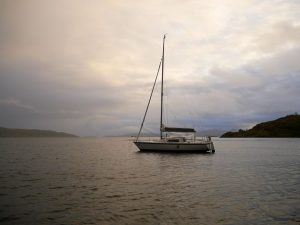
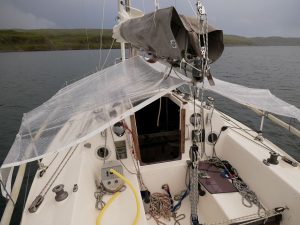
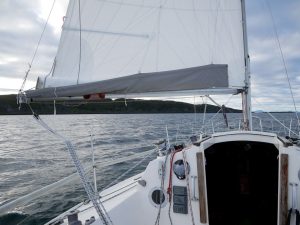
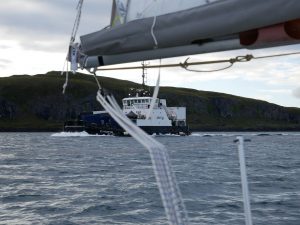
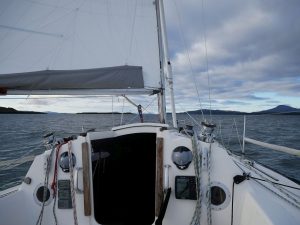
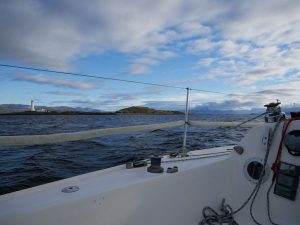
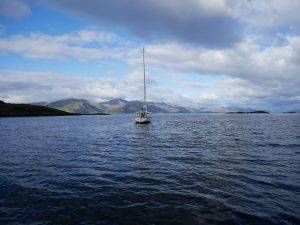
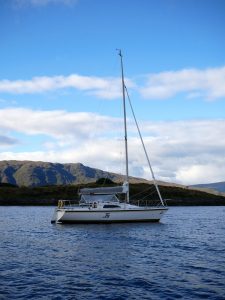
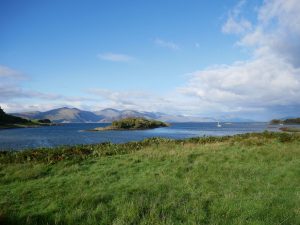
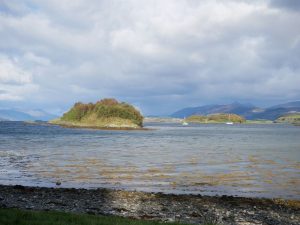
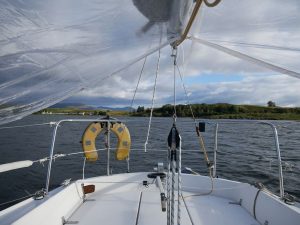
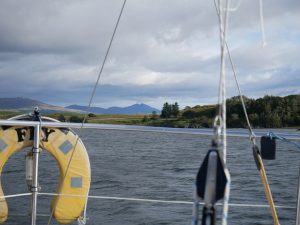
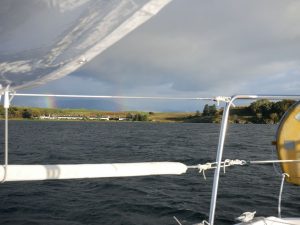
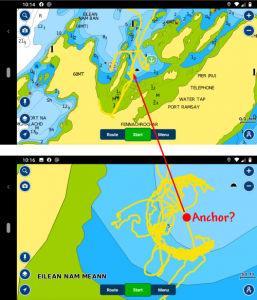
Some cooker testing today: with main hatch, companionway and galley vent wide open and forehatch also ajar, had one burner going full for 20 mins (no pans) and the second joining for 10 without CO detector budging from 0. Then boiled the kettle with detector still remaining at 0. All told, about 35 mins of testing before I shut things down, and staying completely CO-free although I’d say it’s still burning yellower and slower than I think it should. Some other things still to try like clear denatured alcohol (sourced but not yet on the boat) instead of purple meths and different pan sizes (which Google strangely suggests can have an influence!), but getting a decent throughput of air seems predictably key and sootiness of pan bottoms (= combustible carbon) may also bear investigation…
Comment by admin — 12 October 2021 @ 6:30 pm
Might add that how you fill the Origo’s reservoirs may also have an influence because I’d forgotten last week that you’re supposed to tip them up to do it, so suspect I might have had too much meths that hadn’t been absorbed into the internal wadding then but has now.
Comment by admin — 12 October 2021 @ 7:34 pm